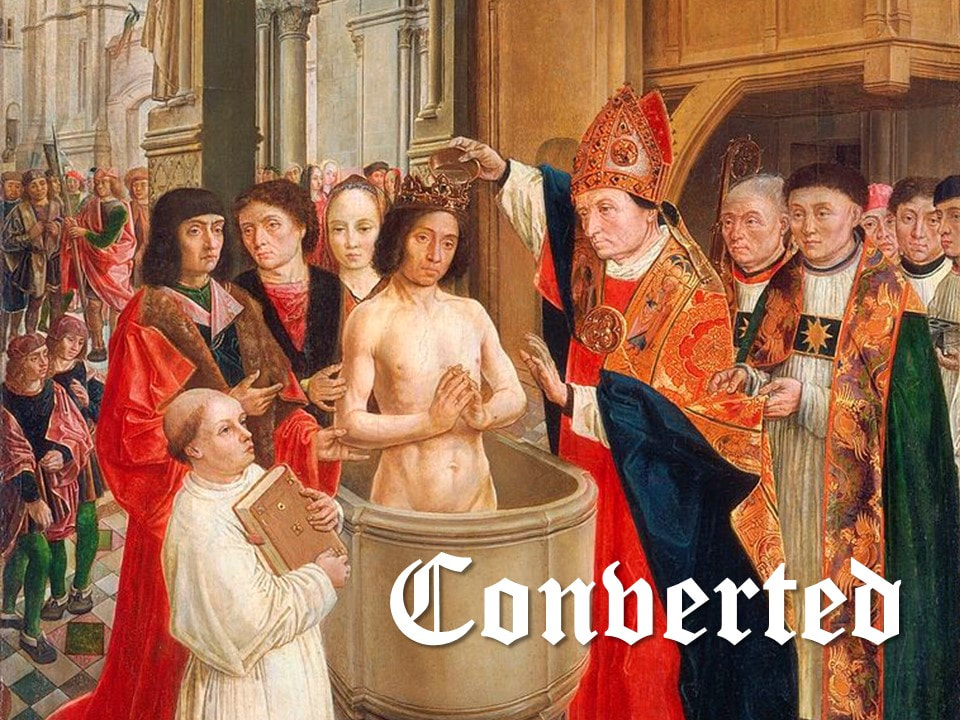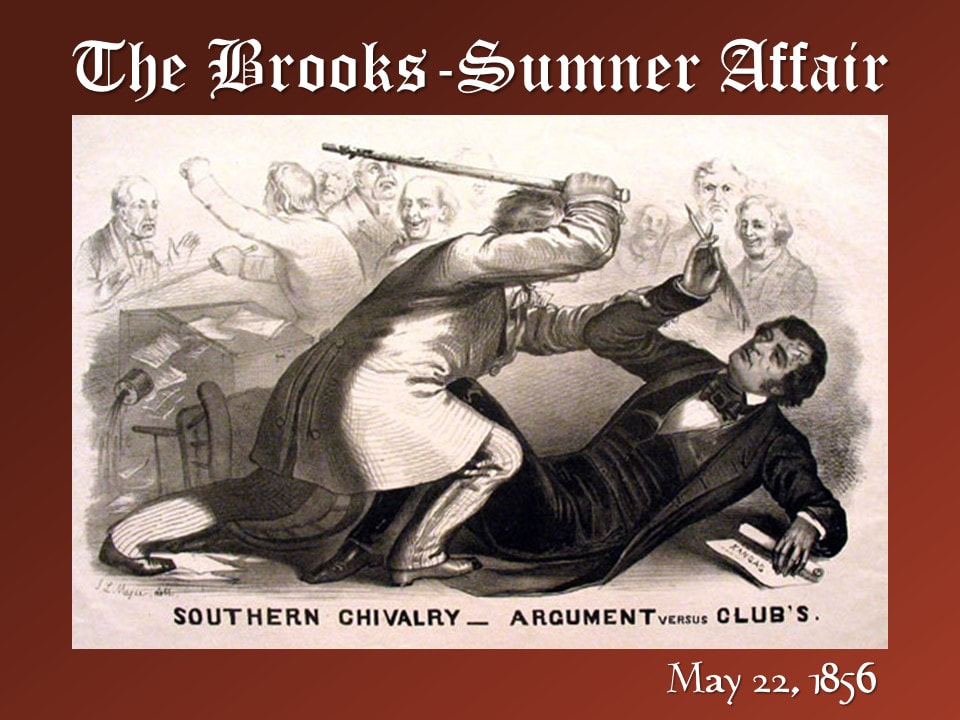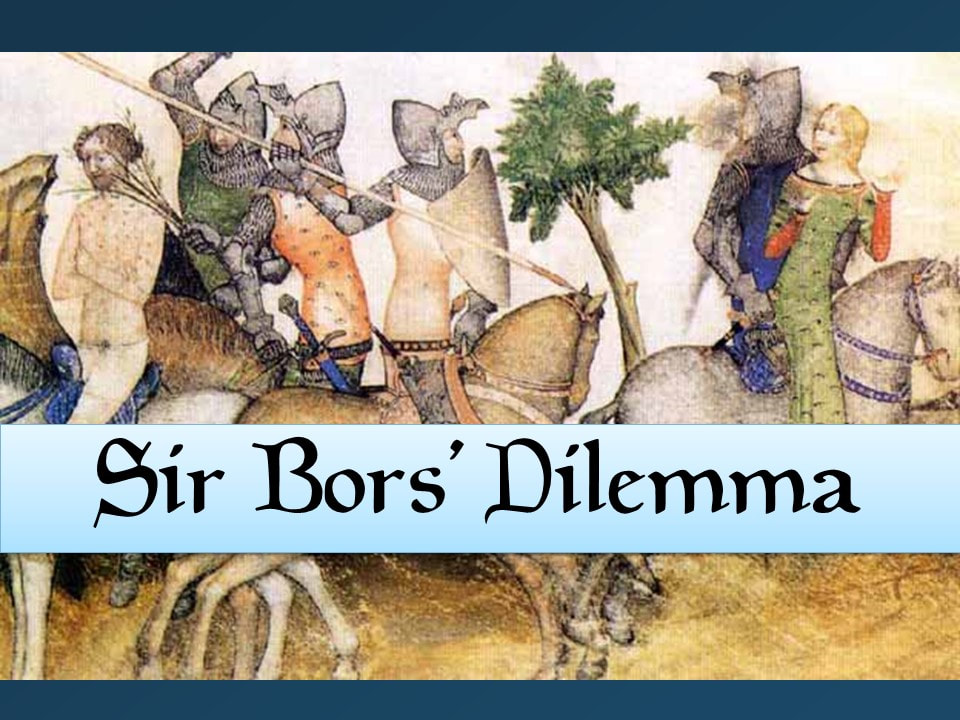|
The 2022 AP US History Free-Response Questions have been released to the public! Click here to view the questions on the College Board's website. 2022 APUSH SAQ Sample ResponsesClick here to view my sample responses to the 2022 APUSH SAQ items. 2022 APUSH DBQ Sample Response(s)Click here to view my sample response(s) to the 2022 APUSH DBQ. This file will be updated to include several sample responses that would earn different point values. 2022 APUSH LEQ Sample ResponsesThis year's LEQ 2 asked students to assess the relative importance of causes for the settlement of the British colonies. Click here to see a set of sample responses I've put together for LEQ 2. Take a look at my analysis of the 2022 APUSH Free-Response Questions on Marco Learning's YouTube channel:
0 Comments
The Fall of RomeAfter the Fall of the Roman Empire left Western Europe in chaos, the Franks rose to prominence to fill the power vacuum in the Early Middle Ages and had a lasting effect on the development of Western Europe.
Over the following three centuries, the Franks would come out on top, building an empire that stretched from present-day Spain to present-day Germany. Clovis and the Frankish Kingdom
Over the following two centuries, the Frankish Kingdom grew powerful – powerful enough to halt the expansion of the Islamic Caliphate which had conquered the entirety of North Africa and Spain. In 732, Charles Martel commanded the victorious Frankish army in the decisive Battle of Tours, which halted the Caliphate’s expansion and cemented the Frankish Kingdom’s place as Western Europe’s preeminent power. In recognition of his victory, Charles was given the honorific nickname, “the Hammer.” The Carolingian DynastyCharles Martel’s son, Pepin the Short, overthrew the Frankish king, usurping the throne with the Pope’s blessing, establishing the Carolingian Dynasty (The House of Charles). The close ties between the Franks and the Papacy would continue into the reign of Pepin’s son, Charles the Great, popularly remembered by his French name, Charlemagne. Charlemagne expanded the Frankish Kingdom through military conquests, including a campaign into Italy to assist the Pope against his enemies. In appreciation for Charlemagne’s support, the Pope crowned him “Emperor of the Romans” in 800. A thousand years later, Napoleon, the Emperor of France, would honor Charlemagne in the iconic series of paintings by Jacques-Louis David of Napoleon Crossing the Alps. Etched into the stones in the bottom left corner of the painting are Napoleon’s name, along with the names of Hannibal, who had crossed the Alps to attack Rome, and Charlemagne (written in Latin as KAROLVS MAGNVS), who had crossed the Alps to help the Pope and expand the Frankish Empire into Italy – just as Napoleon was, at the time, expanding the French Empire into Italy.
The Western Europe of the High Middle Ages would not be governed as a centralized state, but as a patchwork quilt of feudal kingdoms where local lords held more authority than the kings to whom they swore allegiance. But the Franks were not without impact. They laid the foundation for the Kingdom of France, secured the Pope’s position as the leader of Christians in Western Europe, and led indirectly to the medieval institution of a Holy Roman Empire ruled by Germans.
What is Chivalry? And is it Dead?
The Warrior Code of the Middle AgesAs the Roman Empire was being torn apart by barbarians in the fifth century A.D., the barbarian culture began to merge with the culture of the Romans as these tribes began to adopt Christianity. As the unbridled barbarian ferocity began to be tempered with Christian teachings, the idea of knighthood began to develop. The term, chivalry, comes from the medieval French word, cheval, meaning “horse.” In the High Middle Ages, this Code of Chivalry was a guideline for knightly behavior both on and off of the battlefield. The Values of ChivalryLeon Gautier, a nineteenth century literary historian and scholar of chivalry, laid out ten “commandments” of chivalry to illustrate the values of a chivalrous knight:
Sir Bors' Dilemma
Chivalry TodayToday, chivalry lives on not only in gentlemen who hold doors for women and pay for dinner, but also in popular entertainment. Batman is often referred to as the “Dark Knight.” While Batman does not have a reputation for being a nice guy, he commits himself to protecting the weak and when Batman does harm, it is to those who have done harm to those who are weak and defenseless.
An Invented Term
The New Feudal RealityThe Roman Empire included a network of cities that were connected by well-maintained roads. As the power of Rome declined, people began to leave the decaying cities, which were increasingly filled with disorder and crime, and settled in rural areas. The network of well-maintained roads that made the Romans famous ceased to be maintained and trade collapsed. As a result, rural communities formed that had to be increasingly self-sufficient. A central authority, in the person of a king, united these communities under one leader, but that leader did not have a lot of power. Most people in medieval Europe never saw a king and lived their life in their own self-sufficient community, known as a manor, relying on the local lord to protect them, administer justice, and settle disputes between residents. Many medieval peasants lived on the manor as serfs who were legally tied to the land and not allowed to leave even if they wanted to do so. Weak Central AuthorityAnyone who has played chess knows that the king is one of the weakest pieces on the board and is dependent on the support of other pieces on the board. These other pieces on the board symbolize the Church, the nobility, the knights, and the peasants. Medieval kings held some of their own lands, but the lands that they reigned over resembled more of a patchwork quilt than it did a modern nation the way we think of it today. Kings would enter lord-vassal contracts with nobles, who would swear an oath of loyalty, or vassalage, to the king and receive a land grant, known as a fief, in return. The loyalty sworn by the vassal was most commonly delivered in the form of military service. When medieval kings went to war, they required each of their vassals to send a certain number of knights, as kings did not have the means to maintain large personal armies.
The Decline of FeudalismIn the Late Middle Ages, feudalism began to decline as kings began to grow more powerful (partly as a result of the Crusades), global trade increased, and more people started to move to towns, which were outside of the control of feudal lords. With the wealth that came into royal treasuries during the Age of Exploration, kings began financing their own armies and allowed nobles to pay money instead of raising their own men.
While feudalism began to decline significantly between 1400-1700, some elements of feudalism remained in Europe into the modern era. In 1789, the French National Assembly formally abolished the legal privileges of the nobility in the early stages of the French Revolution. Serfdom continued in Russia until a reforming tsar abolished it in the 1860s. |
Tom RicheyI teach history and government Archives
May 2023
Categories
All
|









 RSS Feed
RSS Feed